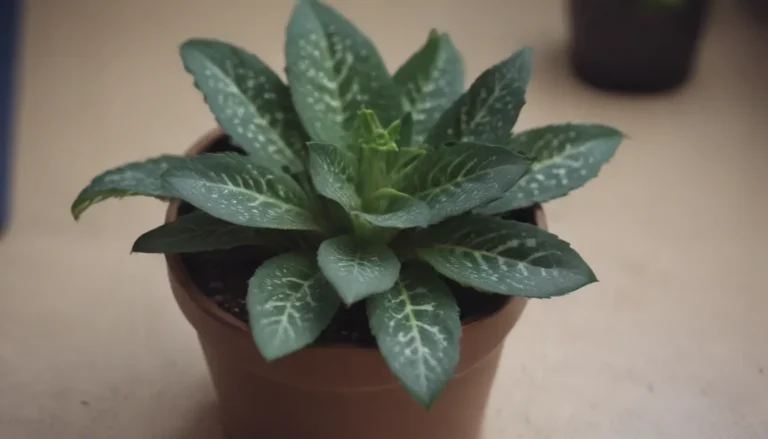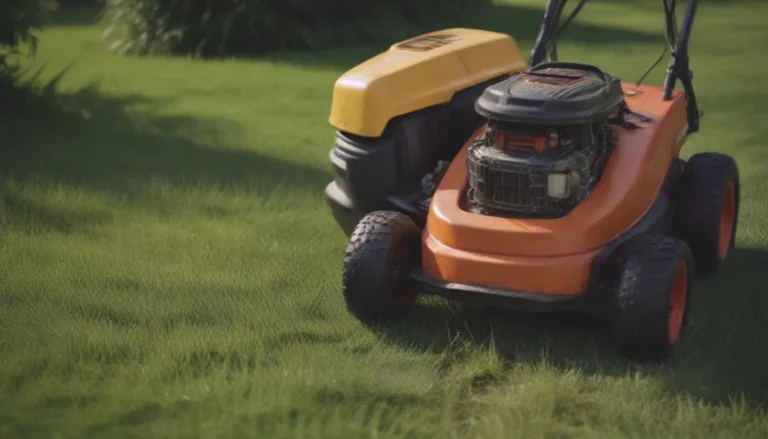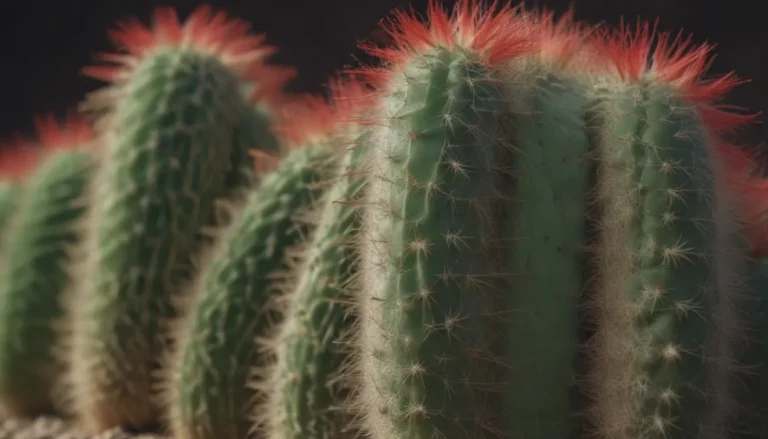A Complete Guide to Growing and Caring for Ficus Trees

If you’re thinking about adding a ficus tree to your indoor or outdoor plant collection, it’s essential to understand that these tropical plants have specific requirements that need to be met for them to thrive. Despite being a bit finicky, ficus trees are incredibly flexible and rewarding to care for. In this comprehensive guide, we’ll cover everything you need to know about growing and caring for ficus trees to ensure they stay healthy and beautiful.
Understanding Ficus Trees
The ficus tree may seem like a simple plant with its narrow, droopy, glossy green leaves, but it is far more complex than it appears. Here are a few key points to keep in mind when caring for a ficus tree:
- Ficus trees require bright light, both indoors and outdoors, but direct sunlight can be harmful to them.
- They need well-draining, fertile soil to thrive.
- Overwatering can be a common issue with ficus trees, so it’s crucial to water them only when the soil is dry.
- Ficus trees are sensitive to temperature and humidity changes and prefer a relatively humid environment.
- Regular fertilization is essential to ensure healthy growth and development.
Ficus Tree Care Tips
Light
- Ficus trees need bright light to thrive, but direct sunlight can scald their leaves. Acclimated plants can handle some sun exposure, but it’s best to avoid placing them in direct sunlight.
- In indoor settings, make sure to place your ficus tree in a location where it receives bright, indirect light throughout the day.
Soil
- Use a well-draining, fertile soil mix for your ficus tree. Avoid using acidic potting soils meant for other plants like roses or azaleas.
- Soil-based potting mixes should provide the necessary nutrients for your ficus tree to grow healthy and strong.
Water
- To avoid overwatering, only water your ficus tree when the top two inches of soil are completely dry.
- Water thoroughly during the summer months, allowing excess water to drain out of the pot. In winter, reduce the frequency of watering to prevent waterlogged soil.
- Indoor ficus trees may benefit from misting to increase ambient humidity in dry environments.
Temperature and Humidity
- Maintain a temperature above 60 degrees Fahrenheit at all times for your ficus tree, with temperatures above 70 degrees Fahrenheit being ideal.
- Avoid exposing your ficus tree to cold drafts from windows or doors, as they are sensitive to temperature fluctuations.
- Regularly misting the leaves or providing a pebble tray filled with water can help maintain a humid environment for your ficus tree.
Fertilizer
- Feed your ficus tree with slow-release pellets at the beginning of the growing season.
- During the spring and summer, consider monthly fertilization to support rapid growth. In fall and winter, fertilize every two months.
- Follow the product label instructions for the appropriate amount and application process.
Types of Ficus Trees
While the Ficus religiosa, known as the Bodhi tree, is historically significant, there are other types of ficus plants worth exploring:
- F. benjamina ‘Starlight’
- F. elastica
- F. lyrata
Pruning Your Ficus Tree
Pruning your ficus tree is essential to maintain its shape and prevent it from becoming overgrown. Here are a few tips on pruning your indoor ficus tree:
- Prune during the winter months when the plant is not actively growing.
- Use sterilized, sharp pruning scissors to make clean cuts just before a node to encourage new growth.
- Don’t hesitate to trim back overgrown or leggy branches on your ficus tree, as new leaves will quickly sprout.
Propagating Ficus Trees
While ficus seeds can be challenging to find and germinate, propagating a ficus tree through stem cuttings is an effective method. Here’s how to propagate a ficus tree successfully:
- Take a healthy stem cutting from your ficus tree.
- Place the cutting in a glass of water to encourage root growth.
- Once roots have developed, transplant the cutting into a pot with well-draining soil.
Potting and Repotting Ficus Trees
As ficus trees are rapid growers, they may outgrow their pots quickly. Here are some tips for potting and repotting your ficus tree:
- Repot your ficus tree every other year to keep it at a manageable size and slow growth.
- Check for roots coming out of the drainage holes as a sign that repotting is necessary.
- Use a pot that is 2- to 3-inches larger than the current one, with sufficient drainage holes for optimal growth.
Common Pests & Plant Diseases
Ficus trees are susceptible to pests like mites, scale, mealybugs, whiteflies, and aphids. Use an insecticide like neem oil to combat these pests effectively. Additionally, watch out for leaf spot diseases and promptly remove infected leaves to prevent further spread.
Common Problems with Ficus Trees
If you notice your ficus tree losing leaves, curling, or turning yellow, it may be a sign of stress. Common stressors for ficus trees include temperature and light changes, so it’s essential to keep them in a stable environment to thrive.
In conclusion, caring for a ficus tree requires attention to detail and consistency. By following these care tips and guidelines, you can enjoy a lush and thriving ficus tree in your home or garden. With the right conditions and care, your ficus tree can live for several decades, providing beauty and greenery to your space. Remember to observe your plant regularly and make adjustments as needed to ensure its continued health and vitality.
Sources: Garden Guides, ASPCA





